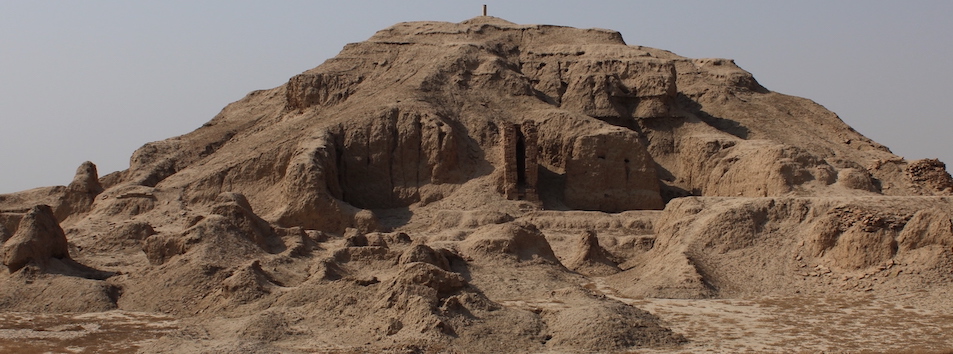Enirgalana (cella of Ištar in Eanna at Uruk)

The cella of the goddess Inanna/Ištar in Eanna is Enirgalana. The late Neo-Assyrian king Esarhaddon (r. 680–669 BC) records that he restored this part of Ištar's temple.
Names and Spellings
This Sumerian ceremonial name of this part of Eanna is called Enirgalana, which means "House of the Prince of Heaven." In an Akkadian inscription of Ashurbanipal, Ištar's cella is called Enirgalanim ("House of the Prince of the God Anu"). The name is also attested for a shrine in Esagil (the temple of Babylon's patron deity Marduk) and a seat of the god Nabû in Erabrabi (the temple of the god Mandānu in the Esagil temple complex).
- Written Forms: e₂-nir-gal₂-da-nim; e₂-nir-gal₂-an-na.

Plan of Uruk showing the locations of Eanna (with its ziggurat), the Rēš Temple, and Eʾešgal. Drawn by Ardeth Anderson for the Lagash Archaeological Project (LAP).
Known Builders
- Neo-Assyrian (ca. 911–612 BC)
- Esarhaddon (r. 680–669 BC)
Building History
As part of his work on Eanna, the seventh-century-BC Assyrian king Esarhaddon records that he had the holiest room(s) of Uruk's most important temple rebuilt. The relevant passage of the Akkadian inscription recording this deed, reads as follows:
Unlike many royal inscriptions found in Babylonian, this text (which is written on several clay cylinders) records that the king had the statue/image of the temple's patron deity returned to its dais. In addition to its doorbolt (Akkadian šigaru), Esarhaddon presumably decorated the interior of Enirgalana with objects made from and plated with various types of metal.
None of the other, later known builders of Eanna record that they had Ištar's cella rebuilt or decorated.
Archaeological Remains
Enirgal has not yet been positively identified in the archaeological record.
Further Reading
- Beaulieu, P.-A. 2003. The Pantheon of Uruk during the Neo-Babylonian Period (Cuneiform Monographs 23), Leiden and Boston, pp. 29–33 and 170–171.
- George, A.R. 1993. House Most High: The Temples of Ancient Mesopotamia (Mesopotamian Civilizations 5), Winona Lake, p. 134 no. 901.
Banner image: view of the Eanna ziggurat from the east (September 27th 2019). Photograph credit: Mary Frazer.
Jamie Novotny
Jamie Novotny, 'Enirgalana (cella of Ištar in Eanna at Uruk)', Babylonian Temples and Monumental Architecture online (BTMAo), The BTMAo Project, a sub-project of MOCCI, [http://oracc.org/btmao/Uruk/Eanna/Enirgalana/]